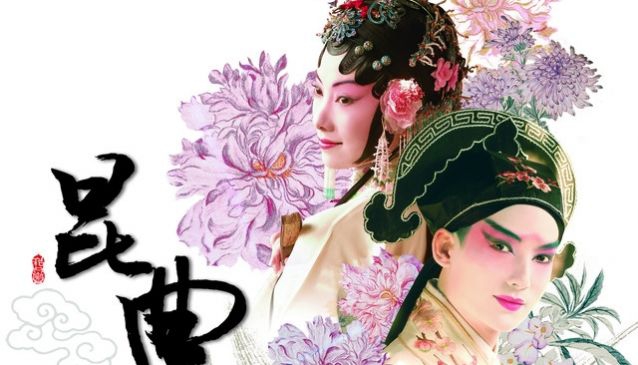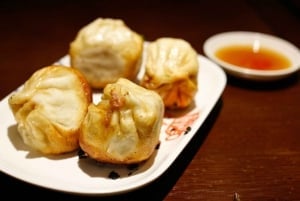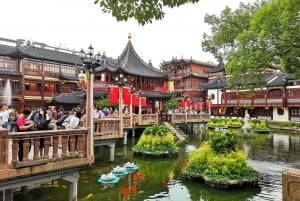Kun opera
Kun opera or Kunqu Opera is one of the oldest extant forms of Chinese opera.
Book Top Experiences and Tours in Shanghai:
If youʻre booking your trip to Shanghai last minute, we have you covered. Below are some of the top tours and experiences!- Shanghai: 3-Hour Local Food Tasting Tour
- Shanghai: Zoo and Zhujiajiao Water Town Tour with Boat Ride
- Shanghai Local Food Taste in former French Concession
- Shanghai Pub Crawl (Guided Bar Hopping) with Shots Included
- Shanghai Airport: One-Way Arrival and Departure Transfer
Kunqu ( pinyin: KÅ«nqÇ), also known as Kunju , Kun opera or Kunqu Opera, is one of the oldest extant forms of Chinese opera. It dominated Chinese theatre from the 16th to the 18th centuries. The style originated in the Wu cultural area. It is listed as one of the Masterpieces of the Oral and Intangible Heritage of Humanity by UNESCO since 2001.
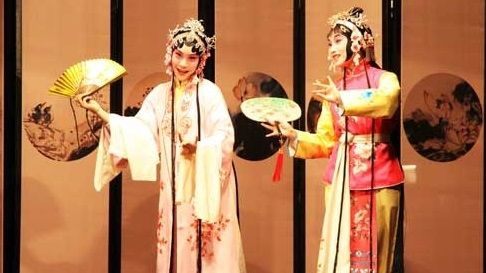
Kunqu was developed during the early Ming Dynasty (14th century), and has influenced on many other Chinese theatre forms, including Jingju (Peking Opera). Its emergence ushered in the second Golden Era of Chinese drama. However, by the early twentieth century, it had nearly disappeared, which was only exacerbated by deliberate attempts to suppress it during the Cultural Revolution. Today, Kunqu is performed professionally in seven Mainland Chinese major cities: Beijing (Northern Kunqu Theatre), Shanghai (Shanghai Kunqu Theatre), Suzhou (Suzhou Kunqu Theatre), Nanjing (Jiangsu Province Kunqu Theatre),Chenzhou (Hunan Kunqu Theatre), Yongjia County/Wenzhou (Yongjia Kunqu Theatre) and Hangzhou (Zhejiang Province Kunqu Theatre), as well as in Taipei.
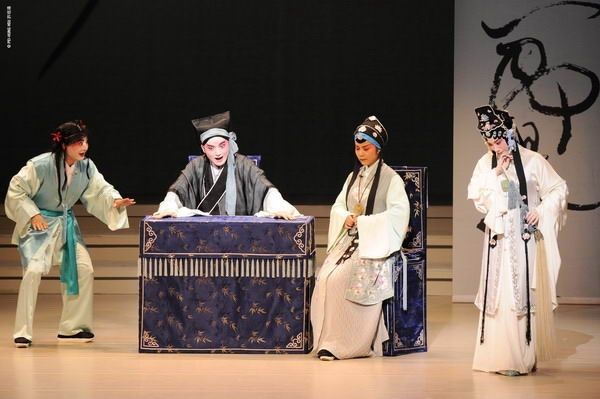
There are many plays that continue to be famous today, including The Peony Pavilion and The Peach Blossom Fan, which were originally written for the Kunqu stage. In addition, many classical Chinese novels and stories, such as Romance of the Three Kingdoms, Water Margin and Journey to the West were adapted very early into dramatic pieces.
Its melody or tune is one of the Four Great Characteristic Melodies in Chinese opera.
The best place to watch a Kun Opera performance and learn about Kun Opera is Suzhou Opera Museum.
|
Location: |
Pingjiang historic Street in zhangjia Lane Quanjin Hall
|
|
Busesï¼ |
No.202 or No.204 bus. |
|
Ticket Price: Openning Hours:
|
Free 8:30----16:30
|


